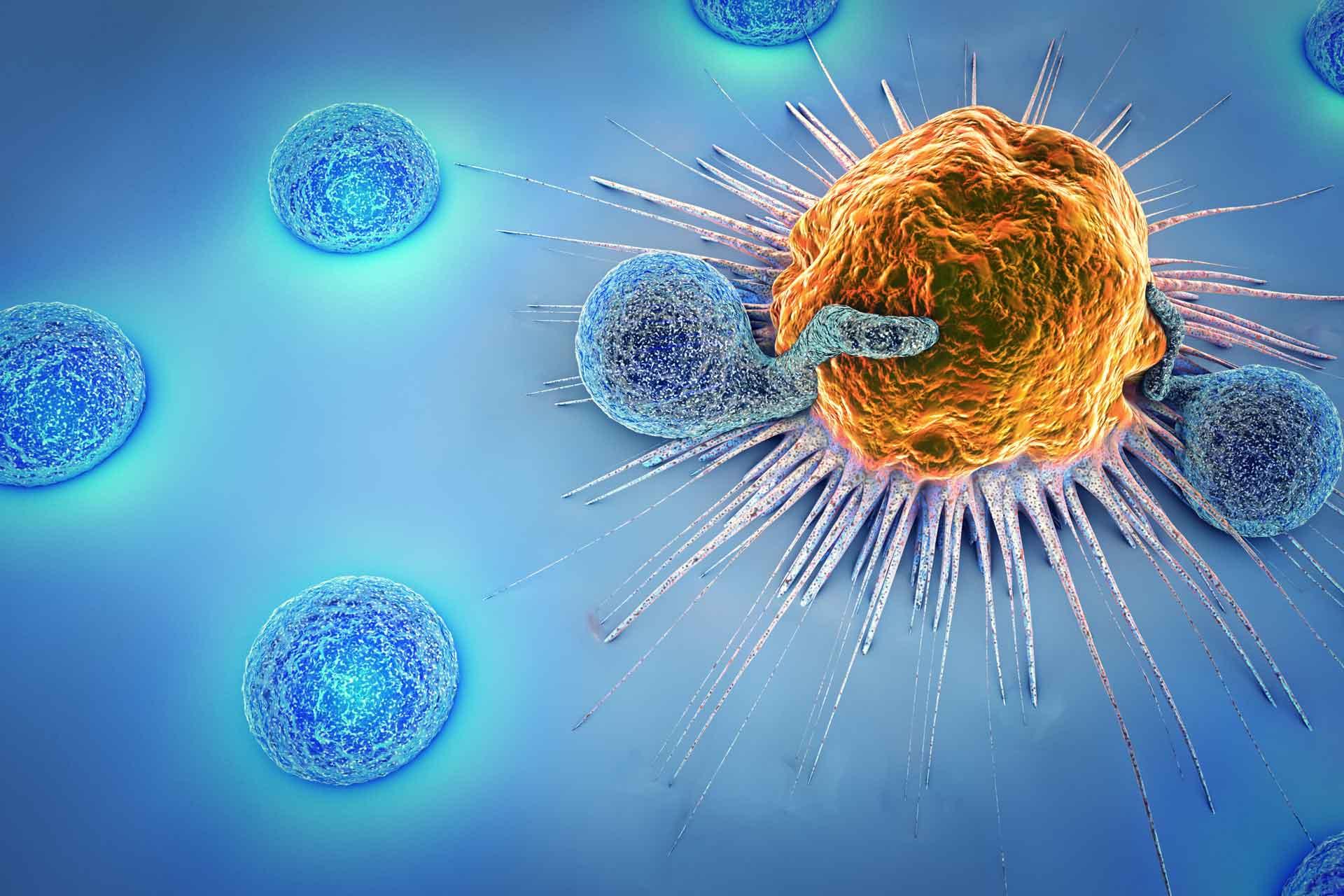Genetic research conducted by scientists at The Pirbright Institute has revealed that goat and sheep genes for specific immune cell receptors are extremely diverse and different compared to other livestock relatives. The findings will help scientists to understand how genetic characteristics can alter an animal’s natural ability to fight infection, and potentially inform the breeding of disease resistant animals.
The team investigated the genome sequences of goats and sheep to better understand how natural killer (NK) cells recognise when other cells are infected by invasive viruses or other microbes. NK cells have proteins on their surface, known as receptors, which detect infected cells and initiate their destruction to halt the spread of microorganisms.
The study, published in Frontiers in Immunology, is the first to analyse Killer-cell Immunoglobulin-like Receptor (KIR) genes in goats and sheep. These highly variable genes, similar versions of which can be found in humans, are some of the most rapidly evolving areas of the genome. This is due to the need to generate receptors that can detect the frequent mutations microbes make to avoid the immune cells.
The high levels of repetitive sequence in the KIR genes and surrounding DNA make accurately characterising them extremely difficult. However, using advanced sequencing technology, the researchers were able to pinpoint three functional KIR gene subgroups shared by sheep and goats, only one of which is shared between goats and cattle. This variation between these species reflects the rapid changes KIR genes must go through in order to detect cells infected by pathogens that are specific to each animal.
“Obtaining accurate KIR gene sequences helps us understand how these NK receptors are involved in goat immune responses to intracellular infections” said Dr John Schwartz, first author of the study at Pirbright. “This knowledge will help inform livestock genotyping platforms for the purpose of breeding healthier animals that have improved natural resistance to specific pathogens.”
